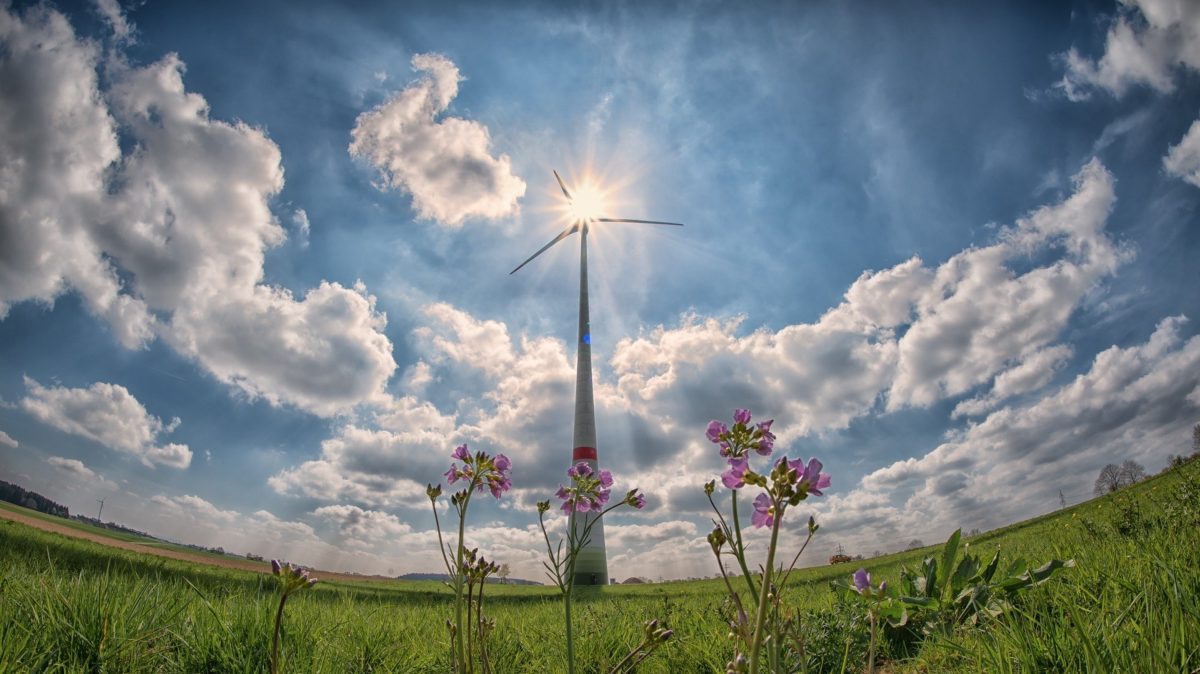A group of researchers from the Netherlands Organization for Applied Scientific Research (TNO); Dutch switch-mode power technology provider Heliox BV; Sweden-based energy company Vattenfall; Groningen-based solar developer Solarfields; and PV power producer Zwanendal, will investigate how the performance of large scale hybrid solar-wind power projects may be affected by the shading caused by wind power plants.
The main objective of the consortium is outlining draft recommendations on the application of power electronics and on the design and operation of co-located solar and wind facilities. “The aim is to maximize the energy yield and limit the stresses on, and failures of electrical components,” said the Netherlands research entity in a statement.
TNO researcher Nico Dekker explained that, in an ideal hybrid project, the wind turbines should be located in the northern project area and the solar park in the southern part, to avoid any kind of shading coming from the wind tower or the wind turbine blades. “However, this is not always possible, resulting in shade from the wind turbines on the solar panels,” he stated.
According to the TNO, the shadow caused by the wind unit moves slowly over the solar plant and good project design may easily incorporate this movement. “However, relatively little is known about the dynamic, rapidly moving shadow, which is why we are going to investigate it,” Dekker further explained, adding that a dynamic shadow may determine much higher performance losses than a slow one. “Application of the right power electronics can reduce this effect and thus also limit the additional load on the installation,” he added.
The research group has already taken high-frequency measurements at two operational solar parks operated by Vattenfall and Solarfields. That of the Swedish energy company is likely a 38 MW/22 MW wind-solar plant that was announced in August 2019, and that is also integrating a 12 MW storage system. “TNO's simulation models will be used to determine the effect of slowly moving and rapidly moving shading on the performance of, and stresses on solar panels and power electronics such as inverters,” Dekker further explained.
In its statement, the TNO said it would like to involve more projects in the study and that interested solar plant owners can contact the institution through its website.
This content is protected by copyright and may not be reused. If you want to cooperate with us and would like to reuse some of our content, please contact: editors@pv-magazine.com.




very interesting article, are there more details available. i have an ewngineering comapny in southitlay where plenty pv projects are and a high potetial to add wind turbines, the flickering is a trouble. i would like to find solutions. and to learn more.